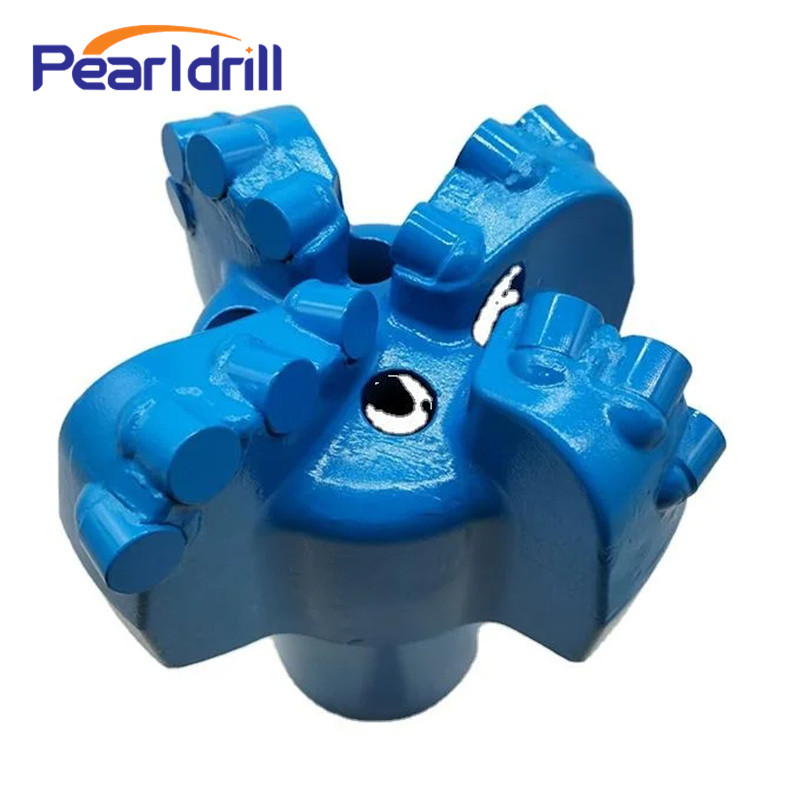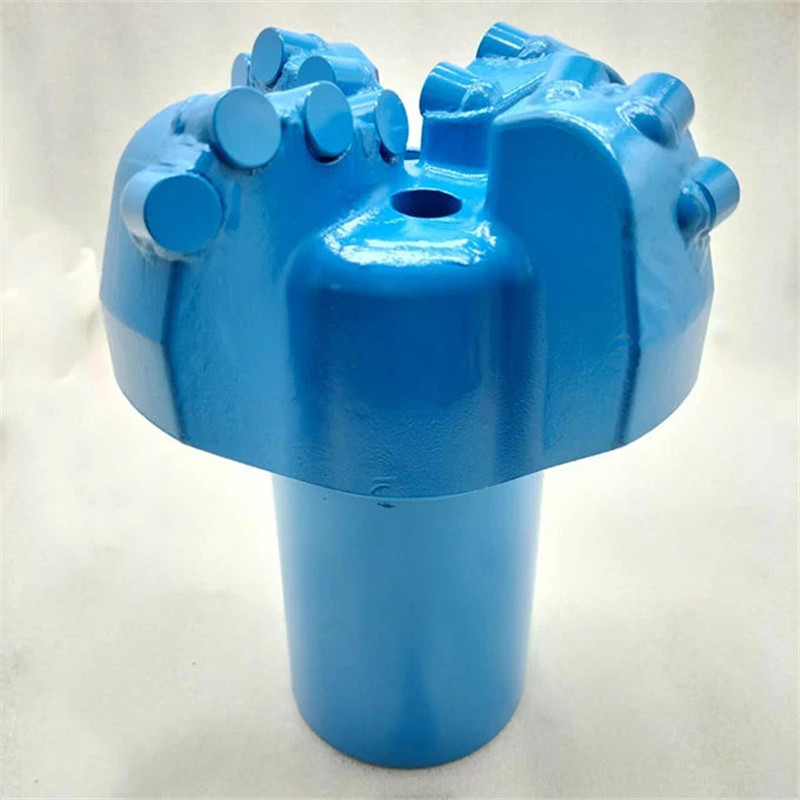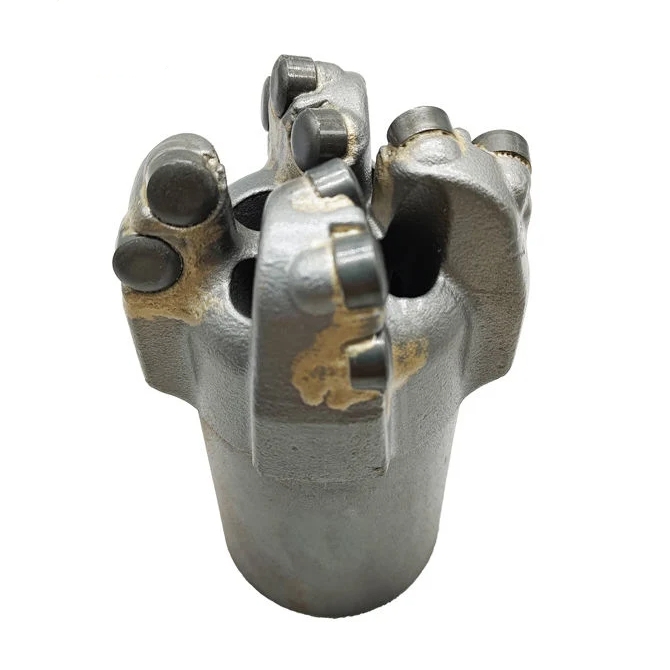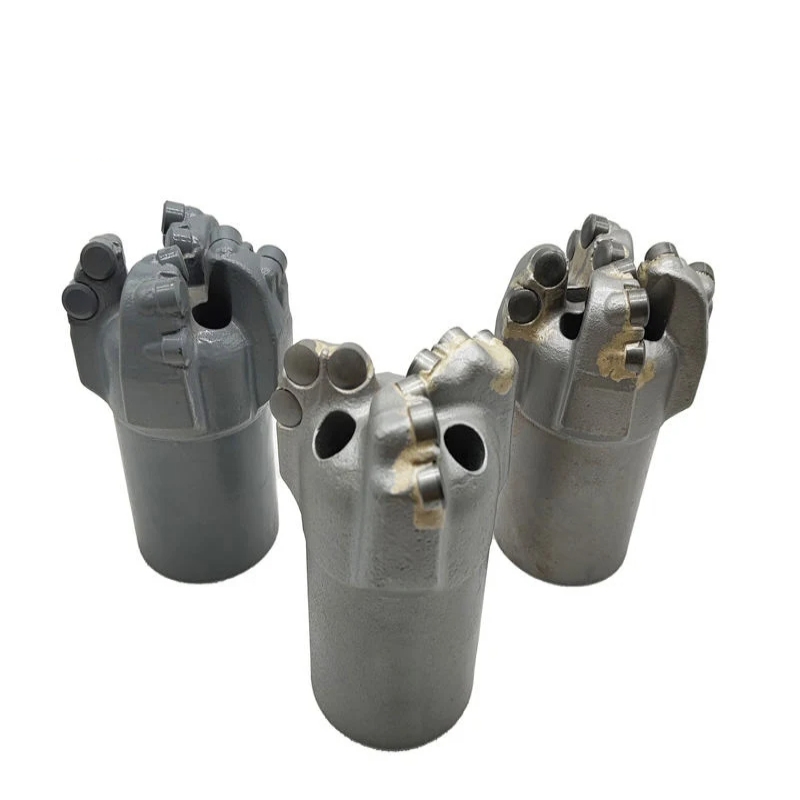How to Choose Water Well Drill Bits
Picking the right water well drill bit is super important for successful, efficient, and costeffective drilling. The drill bit is the core part that touches the ground and breaks up the rock, so its performance directly impacts drilling speed, hole quality, and overall project efficiency. There are tons of drill bit types on the market, designed for different ground conditions and drilling methods. Here are the key things you need to think about when choosing one:

1. Know Your Ground Conditions
Soft Ground: Like clay, mudstone, sand, or loose soil. For these, you'll usually pick drag bits, threewing bits, or tricone bits designed for soft ground. They mainly break up the ground by cutting and scraping, and they're good at clearing out debris.
MediumHard Ground: Such as limestone, shale, sandstone, or softer gravel layers. For these, you'll typically use tricone bits (choosing based on tooth type and bearing design), PDC bits (Polycrystalline Diamond Compact Bits), or DTH bits (DownTheHole Bits). They break up the ground by crushing, cutting, or impacting.
Hard Ground: Like granite, basalt, or quartzite. For these, you absolutely must use DTH bits (paired with a DTH hammer), tricone bits (with carbide inserts), or diamond bits (like PDC bits). They primarily rely on impact, crushing, or grinding action to break hard rock.
Abrasive Ground: Some ground might not be super hard but is very abrasive (like sand with quartz). You'll need to choose more wearresistant drill bits, such as PDC bits with a wearresistant matrix body or specially designed tricone bits.

2. Match Your Drilling Method and Rig Type
Rotary Drill Rigs:
Mud Rotary (forward/reverse circulation): Commonly uses drag bits, threewing bits, tricone bits, or PDC bits.
Auger Drills: For shallow, loose ground, you'll use auger bits.
DTH Drill Rigs: You must use DTH bits with a DTH hammer to provide the impact force for breaking rock. This method is super efficient in hard ground.
Top Drive Rigs: These pair with the appropriate tricone bits or PDC bits.
3. Consider Hole Diameter and Depth
Hole Diameter: The drill bit's diameter must match the size of the hole you plan to drill. Usually, you'll start with a larger hole and then reduce the size in stages.
Hole Depth: Drilling deep holes demands higher wear resistance, temperature resistance, and stability from the drill bit. You might need a stronger drill bit structure and a higherquality bearing design.

4. Drill Bit Materials and Design Features
Drag Bits: Simple design, low cost, good for soft and broken ground. They mainly work by scraping with their blades.
ThreeWing Bits: Better than drag bits for mediumsoft ground, with improved debris clearing.
Tricone Bits:
Milled Tooth Tricone Bits: The teeth are directly machined from the bit body. Good for soft to mediumhard ground, they break rock by scraping, shearing, and crushing.
TCI (Tungsten Carbide Insert) Tricone Bits: These have hard alloy inserts for teeth, offering better wear resistance and impact resistance. They're good for mediumhard to hard ground, breaking rock by crushing, impacting, and shearing.
Bearing Types: Sealed bearings (longer life, but more expensive) vs. unsealed bearings (cheaper, relatively shorter life).
PDC Bits (Polycrystalline Diamond Compact Bits): These have polycrystalline diamond compacts (PDC cutters) on their surface.
Features: Fast drilling speed, long lifespan, robust structure, wide adaptability. They perform exceptionally well in certain mediumhard to generally hard ground, especially for inconsistent ground and highefficiency drilling.
Limitations: They're more expensive and sensitive to impact and highly abrasive ground, and their cutters can chip easily.
DTH Bits (DownTheHole Bits): Many types available, used with DTH hammers.
Features: They break rock using impact force, making them incredibly efficient in hard rock formations.
Button Shapes: Ballistic buttons, conical buttons, chisel buttons, etc., for different rock hardness and abrasiveness.
Flushing Holes: The number and size affect how well they clear out debris.

5. Think About Drill Bit Lifespan and CostEffectiveness
Initial Cost vs. Operating Cost: A cheaper drill bit might have a shorter lifespan, and frequent replacements can increase downtime and overall costs. A more expensive drill bit might be a bigger upfront investment, but if it significantly boosts drilling efficiency and lasts longer, it could be more costeffective in the long run.
Regrindability: Some drill bit designs can be reground, extending their usable life.
Supplier Service: Make sure your supplier can provide consistent drill bit quality, timely spare parts, and good technical support.



